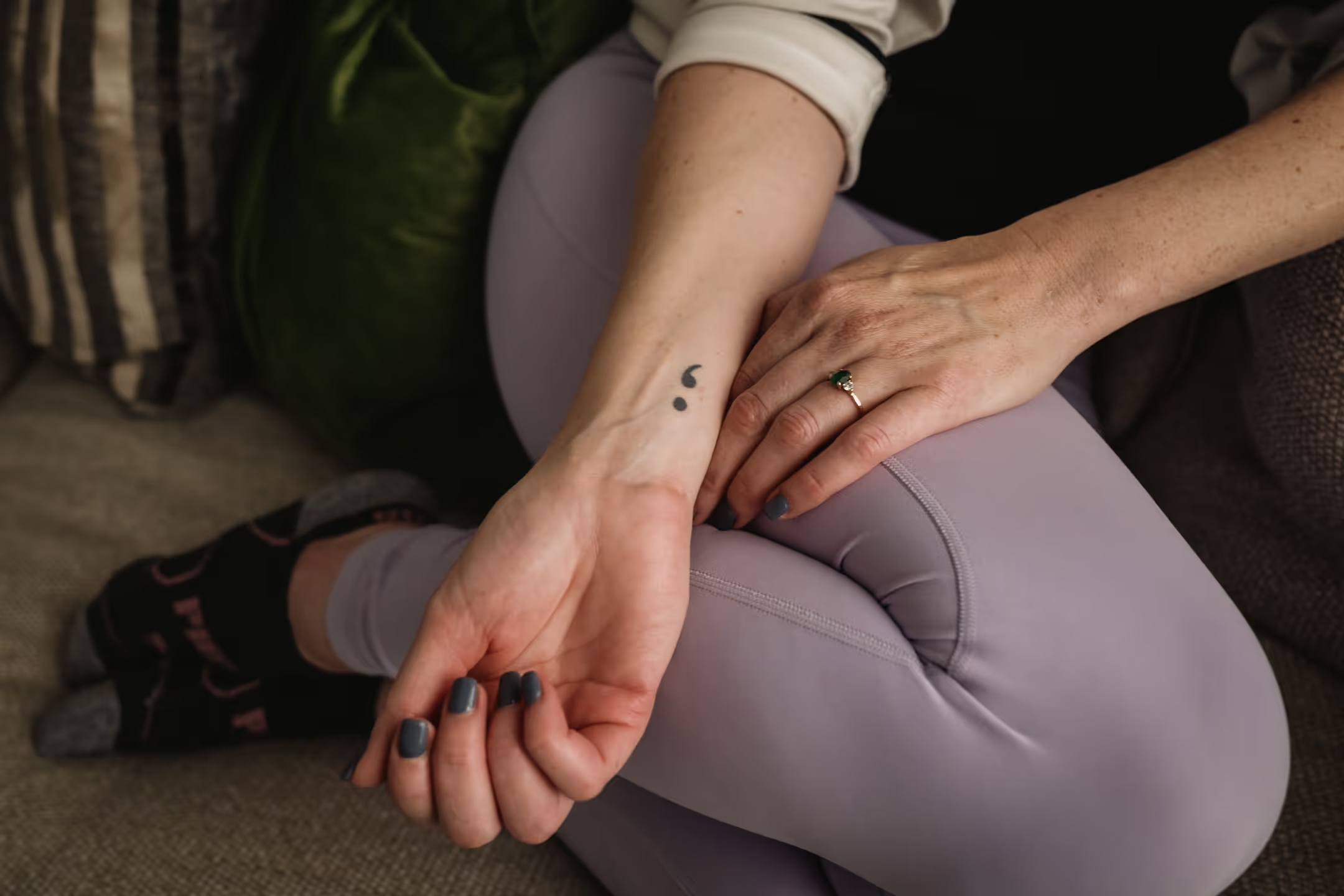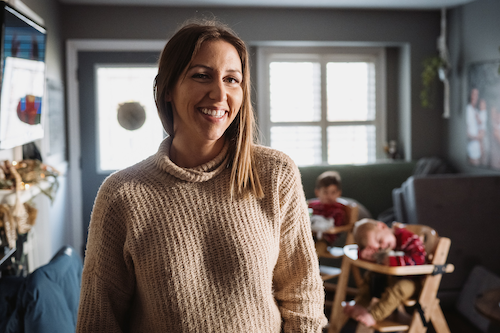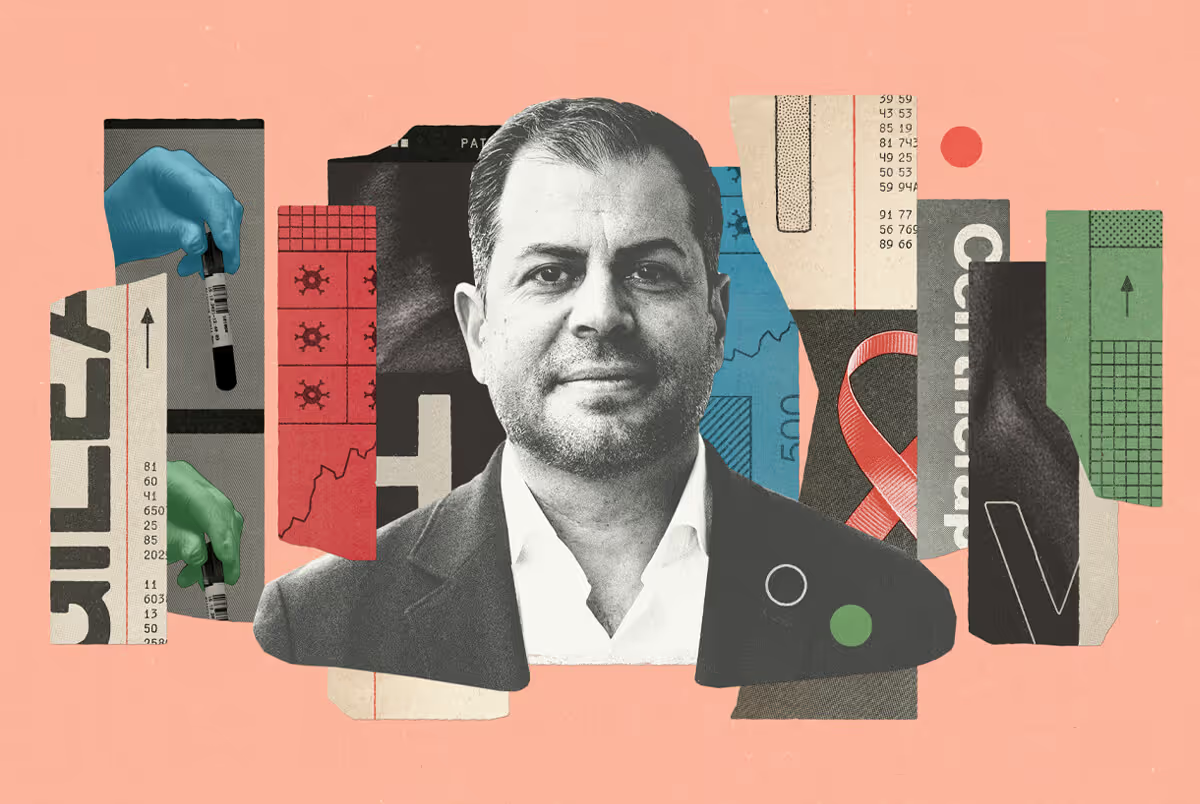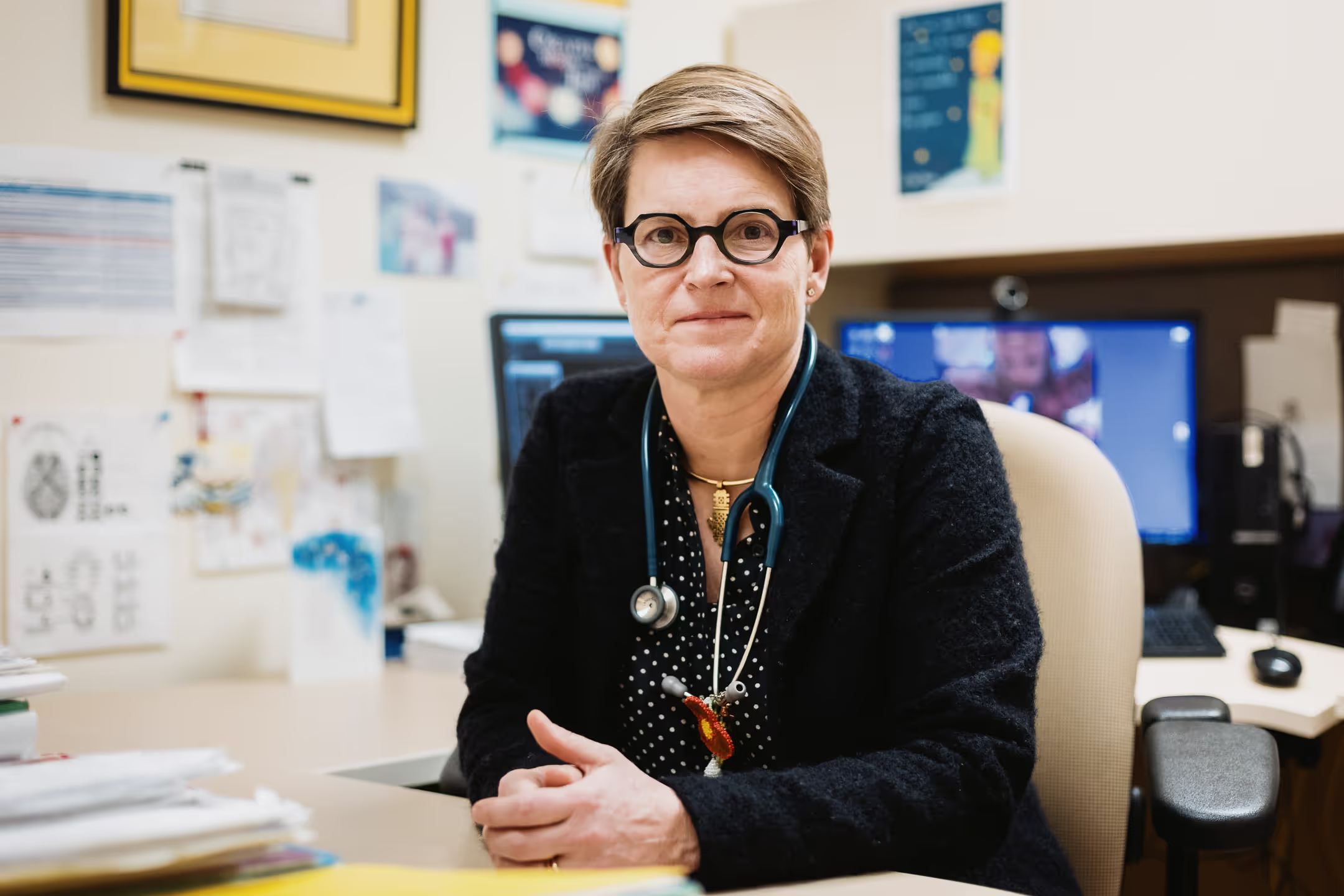“When someone asks what it feels like for me to be in the sun, I tell them that it’s like being burned alive. It’s like someone took a match to me and set my skin on fire.
That’s life with erythropoietic protoporphyria (EPP). My baseline for how long I can spend in the sun before burning is about nine minutes. Every porphyria patient has their own baseline and threshold. I know some patients who can’t even sit next to a window. What we all share, though, are the pain and the struggle. And though the physical struggle — the swelling, the brittle skin, the lesions — is huge, the mental health struggle looms even larger.
Porphyria forces us to live in the shadows, miss out on our childhoods, and exclude ourselves from our communities. Every porphyria patient has heard someone refer to the condition as the ‘vampire’s disease’ and it’s hard to overstate how hurtful that can be. It definitely makes you feel like an outsider, like you don’t belong. Of course, that has repercussions.

When I first met my partner, I went out on a paddleboard with him. He’s a huge outdoors person and, despite my condition, I wanted to share in that. For days afterwards, I felt like I was going to die. It took me back to my childhood, when we’d go on holiday and I’d cry and cry and cry, not understanding why these activities that everyone else loved caused me so much pain. The choice is always between suffering in sunlight or suffering in isolation. The trauma sticks with you either way. I’m 45 years old and I still have an instinctual fear response at the mere mention of the beach.
I have a semicolon tattooed on my arm because I went through a period where the lose-lose nature of this disease had me so depressed that I actually tried to take my own life. There’s no cure for EPP, so it was hard to see how things could ever get better. But today, as President of the Canadian Association for Porphyria, I know they can. There are promising treatments. There are ways to take charge of your own health. There’s community. Porphyria patients don’t have to feel so alone.
You aren’t alone. We aren’t alone.”

.avif)
%20(1).jpg)






